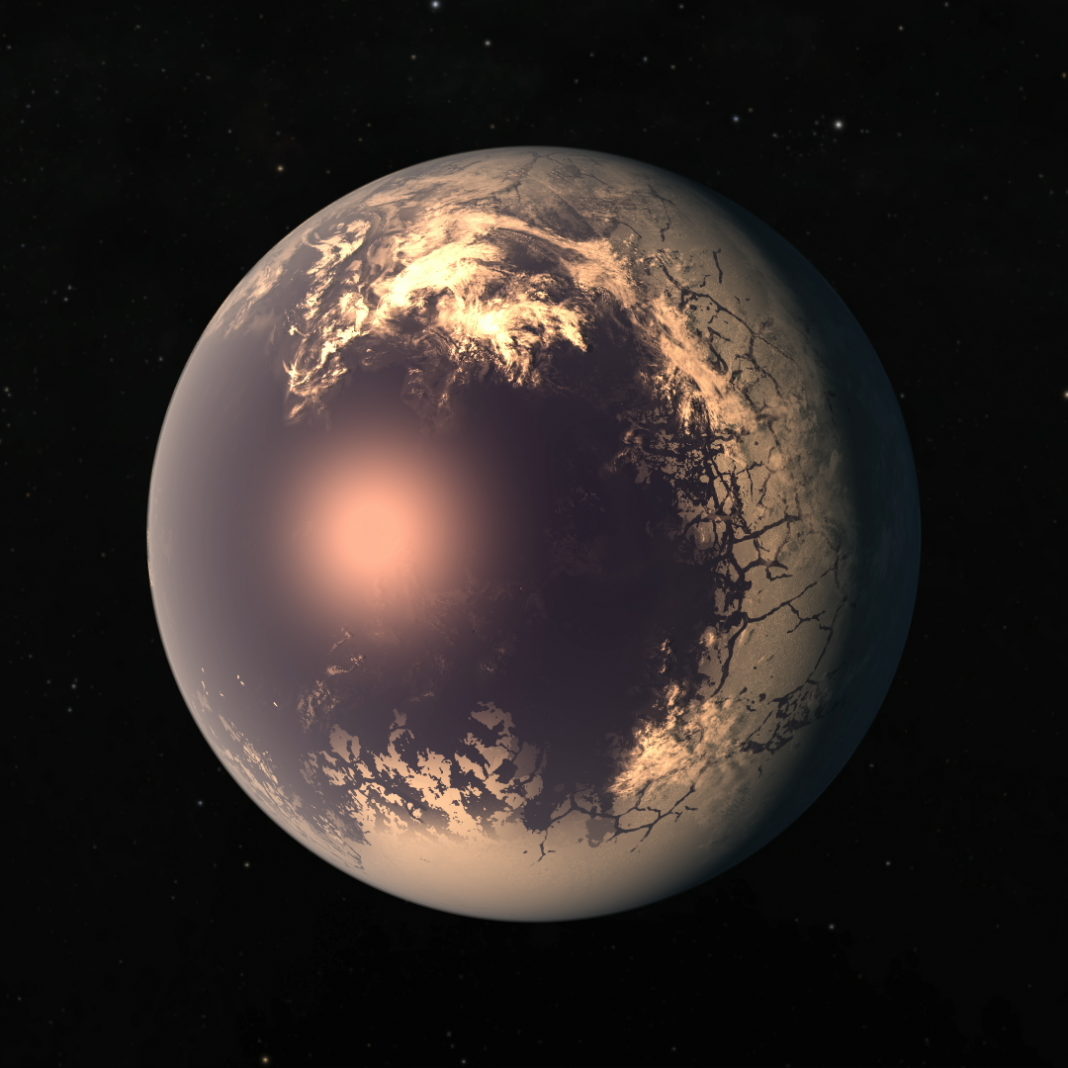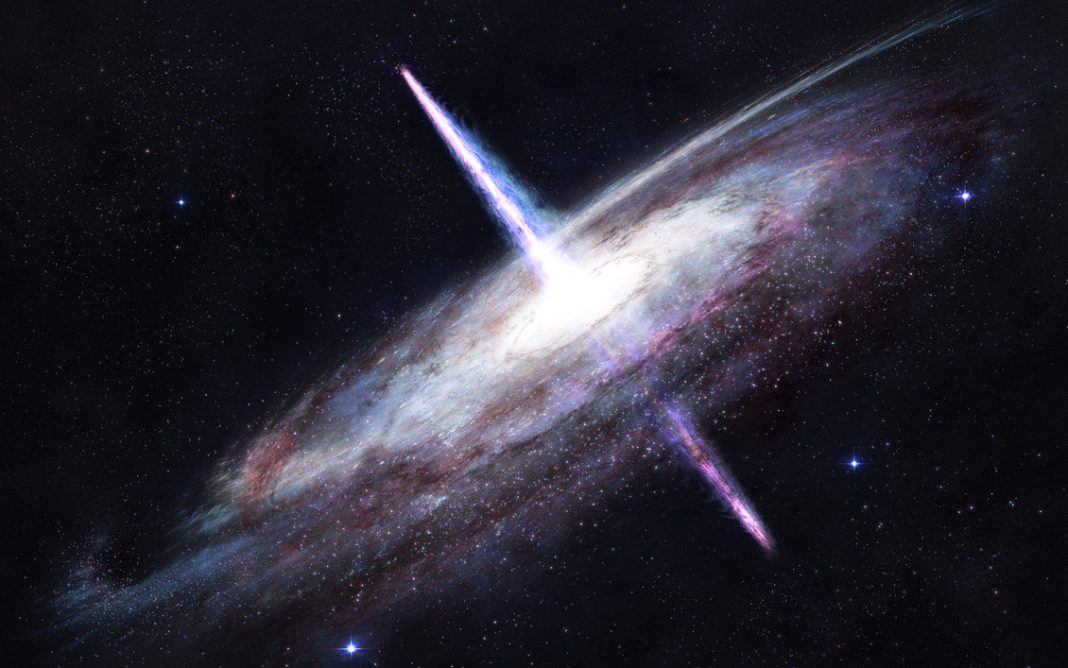More and more often astronomers are finding possible habitable worlds such as our closest exoplanet neighbor, Proxima Cenatuari b or a recently discovered Earth-sized planet called TRAPPIST-1f. But, don’t get too excited as scientists still have a long way ahead before they can figure out if there is life on these planets.
The problem in trying to find life on other planets is that the signs aren’t always there. Earth wouldn’t have shown much sign of life in the past as gas levels would have been too low to have been picked up from afar. So, this means that scientists may actually be giving up on planets that do have alien life a little too early when they don’t see signs of life immediately.
Scientists believe the key indicators that there is life on a planet are oxygen, ozone, and methane in the planet’s atmosphere. The problem is that these gasses can be really difficult to detect with current technology. “It’s becoming clear that you need more than one chemical signature, and at best you will just get a statistical estimate of whether there’s life,” says William Bains, a U.K.-based astrobiologist working with planetary scientists at the Massachusetts Institute of Technology (MIT), but not involved in the study.
Although oxygen is considered to be the primary sign of life, the Earth’s ocean predates any detectable oxygen by billions of years. With Earth’s low levels of oxygen and methane, under Reinhard’s models, there would have been little to suggest there was any life here. That’s the same issue astronomers are facing now when looking for other planets out there.
“We tend to be cautious about false positives, but false negatives are equally important,” states Stephanie Olso, an astrobiologist at the University of California, Riverside, and co-author of the study. Scientists can measure the colors of light of the host star to find out its age. This could help in determining when these planets first formed and if they’ve existed long enough to host any life. “We’re going to have to make choices about which planets to look at. But we’re starting to come up with a good series metrics for planets that are or aren’t promising,” says Reinhard.
However, the kind of telescopes that would be required for better detection would need to cover wavelength ranges of light in which to probe at multiple biosignatures, and these would cost bucks. So, for now at least, it looks like efforts will continue as they always have and hopefully one day soon, by some miracle, we may find other life out there.
More News to Read











